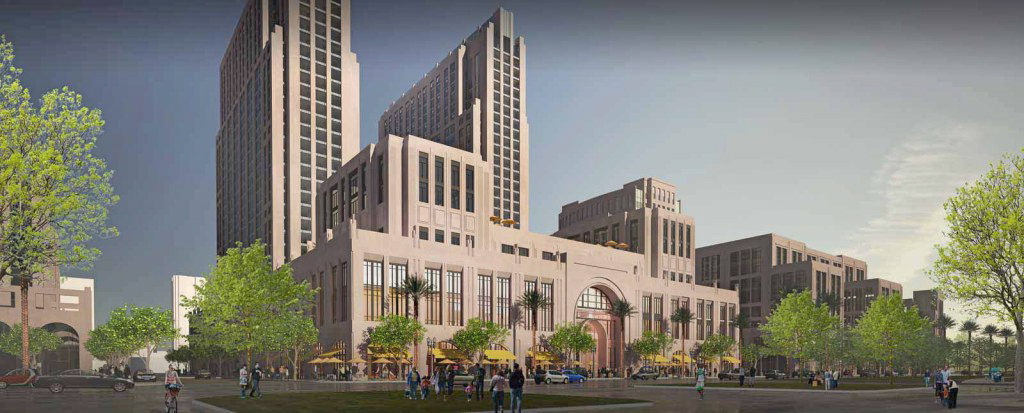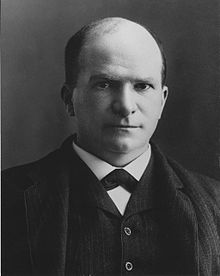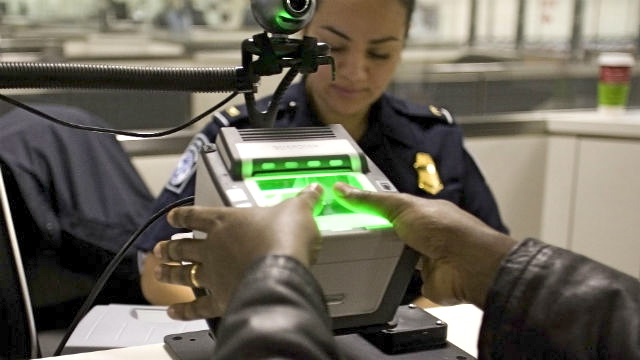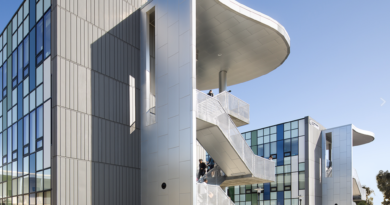Daily Business Report-Dec. 10, 2015
Rendering of the Downtown San Diego block that will be redeveloped by Bosa Development.
Bosa Development Takes Control
Of Major Downtown Project
Company purchase site from Zephyr
Bosa Development has taken title to The Block, a 60,000-square-foot site in Downtown San Diego where it will build a mixed-use development that will include 41-floor and 21-floor towers that will house 550-unit residential units, a boutique hotel and retail space.
The property, located on Broadway between Seventh and Eighth avenues, was acquired from real estate development and investment company Zephyr, which purchased the site in June 2014. It is one of the last remaining full blocks of available property Downtown. Zoning of the site allows for development up to 720,000 square feet.
According to Zephyr’s Co-CEO Brad Termini, sale of the property is the result of an ongoing relationship with Bosa, a Canadian-based developer. “We developed a plan for the site, designed the buildings and successfully obtained entitlement,” he said. “Because of Nat Bosa’s significant interest in the Downtown Broadway corridor and his key role in the renaissance of Downtown San Diego, we believe he is the ideal person to continue the project and make our dream a reality. Being at the forefront of development of San Diego’s downtown neighborhoods, he has the vision, resources and ingenuity to successfully build, market and sell this choice piece of property.”
Currently, the property consists of rundown, 1950s-era retail, parking and office space. Under Bosa’s direction, Termini said, it will be demolished to make way for a mixed-use retail and residential community — carefully designed by Zephyr to help extend Downtown’s core and revitalize the land between the Gaslamp Quarter and Financial District.
Joseph Wong of Joseph Wong Design Associates is the lead architect for The Block. Termini estimates the cost to complete the project will exceed $250 million, making it one of the largest currently planned for the Downtown core.
“This project will add vitality to the city core, enhancing the Downtown community and serving as an iconic place in the heart of San Diego,” said Wong, who has been at the forefront of global architectural and interior design for nearly 40 years. “Based on the impact it will have on Downtown, this is a milestone project for us.”
____________________________________________

Civic San Diego Signs Off on $1 Billion
Navy Downtown HQ Redevelopment
City News Service
A massive redevelopment of the Navy’s regional headquarters in downtown San Diego cleared one of its final hurdles Wednesday when the Civic San Diego Board of Directors signed off on the $1.3 billion project.
The Manchester Pacific Gateway project proposed years ago by local developer Doug Manchester would replace one of the last major Downtown eyesores with office and hotel towers, retail and restaurant space, room for a museum, and a 1.9-acre public park.
Manchester signed a 99-year lease for the property in 2007 with the Navy, which would occupy one of the office towers.
Also, E, F and G streets would be extended to North Harbor Drive, and a north-south paseo would run between Broadway and Seaport Village. When completed, around 2,400 parking spaces would be available to the public at night, and on weekends and holidays.
A “huge demand” exists for parking in Downtown San Diego amid a dwindling supply, Project Manager Perry Dealy told the Civic SD directors.
He said the project encompasses eight blocks that are “blighted” and date back to the 1920s and 1930s.
“No offense to the Navy, but I bet they haven’t spent 10 cents on that building since it was built,” Dealy said.
The idea of redeveloping the property, bounded by North Harbor Drive, Pacific Highway and Broadway, surfaced before 1990. It has been fought by environmental groups who want to open up the waterfront for public use. Numerous lawsuits were filed to stop the project.
“This thing has been litigated to death and Manchester Gateway has won,” Civic San Diego Board Chairman Jeff Gattas said.
The agency, which assists the city of San Diego with development issues, was charged with determining whether the project met the terms of a 1992 agreement between the Navy and city. The directors voted 7-1 in favor, with one abstention.
Dealy said the final hurdle is an appeal before the U.S. Environmental Protection Agency, which previously approved the project. He said a hearing has already been held, and he’s just waiting to be notified of a final decision.
He estimated that demolition work could begin next March or April.

Ideas Sought for Redevelopment
Of Downtown Waterfront
The section includes Seaport Village, Tuna Harbor and Embarcadero Marina Park North
City News Service
The Port of San Diego’s Board of Commissioners on Tuesday unanimously directed city staff to solicit ideas for the future of a section of the Downtown waterfront that includes Seaport Village, Tuna Harbor and Embarcadero Marina Park North.
Leases for Seaport Village and the Chesapeake Fish Company — a seafood provider to restaurants — are up in 2018, providing what a staff report calls “a unique opportunity to craft dynamic connections to the waterfront.”
The various parcels include around 40 acres of land and 30 acres of water, “with tremendous potential to become the signature waterfront destination for San Diego, capitalizing on the surrounding amenities such as prime bay views and waterfront access, as well as proximity to downtown San Diego, the San Diego Convention Center, cruise ship terminals, waterfront museums and attractions, the South Embarcadero and North Embarcadero,” the report said.
The port and city of San Diego recently completed an overhaul of the North Embarcadero to make it more attractive and pedestrian-friendly.
The agency has also taken advantage of expiring leases to seek out improvements. Last month, the port awarded a waterfront restaurant lease that had been held by Anthony’s Seafood Grotto for 50 years to The Brigantine Inc., which plans to extensively renovate the building.
The 13-acre Seaport Village has been a major downtown tourist attraction since 1980, boasting nearly 20 eateries and more than 50 specialty shops in a grouping of quaint buildings beside the bay. An extensive renovation project proposed by Seaport Village operator Terramar was rejected by the commissioners in October because it wouldn’t increase revenue to the port.
The Fish Market restaurant and The Headquarters eatery and shopping center — both within the affected Central Embarcadero area — will not be included in a prospective redevelopment project because their leases run to 2028 and 2052, respectively.
Staff will solicit potential ideas from developers, builders, investors and other companies that could potentially bid on a waterfront project. Staff will also reach out to the public, city and county of San Diego, and to fishermen.
City Considers Renaming
Montgomery Field
City News Service


A proposal to rename Montgomery Field the city of San Diego-run general aviation airport in Kearny Mesa, is scheduled to be taken up today by the City Council’s Economic Development Committee.
The city’s Airport Division has suggested changing the airfield’s name to Montgomery-Gibbs Executive Airport, which would honor the legacy of aviation pioneers John J. Montgomery and Bill Gibbs.
Montgomery was a physicist and inventor who experimented with gliders in the 1880s in Otay Mesa and made important discoveries about the effects of lift on wings.
Gibbs, now 105 years old, established the airport in 1937. While the facility was taken over by the city of San Diego 11 years later, Gibbs’ family continues to run a flight service business there.
Airport Division officials said in their report that the term “executive” will evoke high-quality services available at the airport.
Zippy’s Gets Additional Funds
Zippy’s, a CONNECT Springboard graduate company, announced that they closed an additional $50,000 of their current funding round. Total investment in the Zippy’s $800,000 Convertible Note Round now totals $225,000.
North County Economic Summit
The third annual North County Economic Summit, presented by Wells Fargo and hosted by North County Economic Development Corporation, will be held on March 2, 2016 from 7:30 to 10:30 a.m. at the Omni La Costa Resort.
Chief Probation Officer to Retire
After Nearly 4 Decades on the Job

After a nearly four decade career in criminal justice, San Diego County Chief Probation Officer Mack Jenkins will retire in March.
Jenkins, 60, has overseen the County Probation Department since December 2007. He manages a staff of 1,250 employees, who supervise about 12,000 adult and 2,000 juvenile local offenders.
Previously, Jenkins spent 30 years with the Orange County Probation Department, working his way up the ranks from intern to division director. His last day with the county will be March 3, 2016.
Jenkins said that the time has come for him to shift his focus to other areas of his life. His first grandchild is on the way, and he said he feels comfortable with what he has accomplished.
Over thecourse of his career, Jenkins has become a nationally known expert in probation practices. Among his areas of expertise are what is known as the “balanced approach” and “evidence-based practices” in community corrections, both concepts that he advanced within the San Diego County Probation Department. A balanced approach focuses on behavioral changes among offenders, in addition to surveillance and enforcement. Evidence-based practices are those that are research-proven, including risk-based supervision, which matches supervision resources to the offenders’ needs.

Customs Officers Testing Biometric
Scans at Otay Mesa Border Crossing
City News Service
Some foreign nationals entering the United States via the Otay Mesa pedestrian crossing will undergo biometric identification scans as Customs and Border Protection officers begin testing new technology kiosks Thursday.
CBP officials plan to use biometric data garnered from temporary kiosks that capture an incoming traveler’s facial photograph and iris image to better match entry and exit records and to help prevent identity theft. CBP officials said the test would apply to foreign visitors normally subjected to fingerprinting when they apply for visas and other travel documents, but will not affect processing for U.S. citizens.
“CBP is committed to developing a system that provides biometric exit data on non-U.S. citizens in a way that does not disrupt air, sea or land port operations, but, rather secures and facilitates travel and trade,” San Diego Field Operations Director Pete Flores said. “This test will help inform on next steps to developing and implementing biometric exit in the land pedestrian environment.”
During the first phase of the pilot program at the Otay Mesa Passenger Port of Entry on Paseo Internacional, existing entry kiosks will be temporarily replaced with ones equipped with biometric capture technology to provide a facial photograph and iris images, according to the CBP. A second phase of the testing, which will include testing for outbound travelers, is set to start in February.
No biometric data will be requested from U.S. citizens either on entry or exit, according to the federal agency.
CBP officials said improving technology for comparing entry and exits will bolster their efforts to secure the border, address immigration overstays, identify persons of interest and improve reporting and analysis of international visitors.
Personnel Announcements
Hecht Solberg Adds Associate

Hecht Solberg Robinson Goldberg & Bagley LLP has named Jordan Tessier an associate with the firm.
Tessier, who was admitted to the State Bar of California in 2015, graduated from UC Irvine School of Law, where he was staff editor of the UC Irvine Law Review, and recipient of the Dean’s Merit Scholarship. He was also a participant in the law school’s Community and Economic Development Clinic, a pro bono clinic that provides legal assistance to local businesses.
He was a law clerk at the United States Attorney’s Office, Tax Division, in San Francisco.



